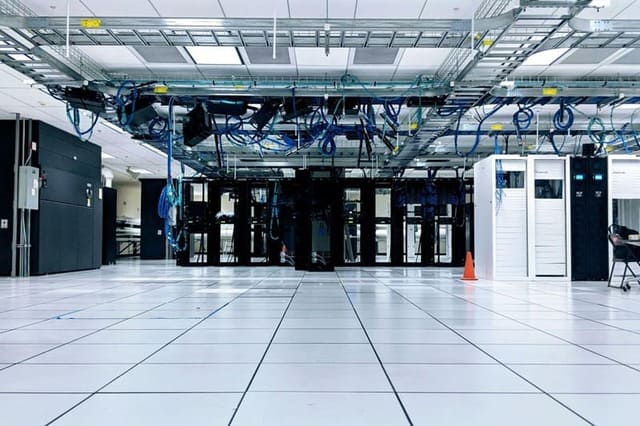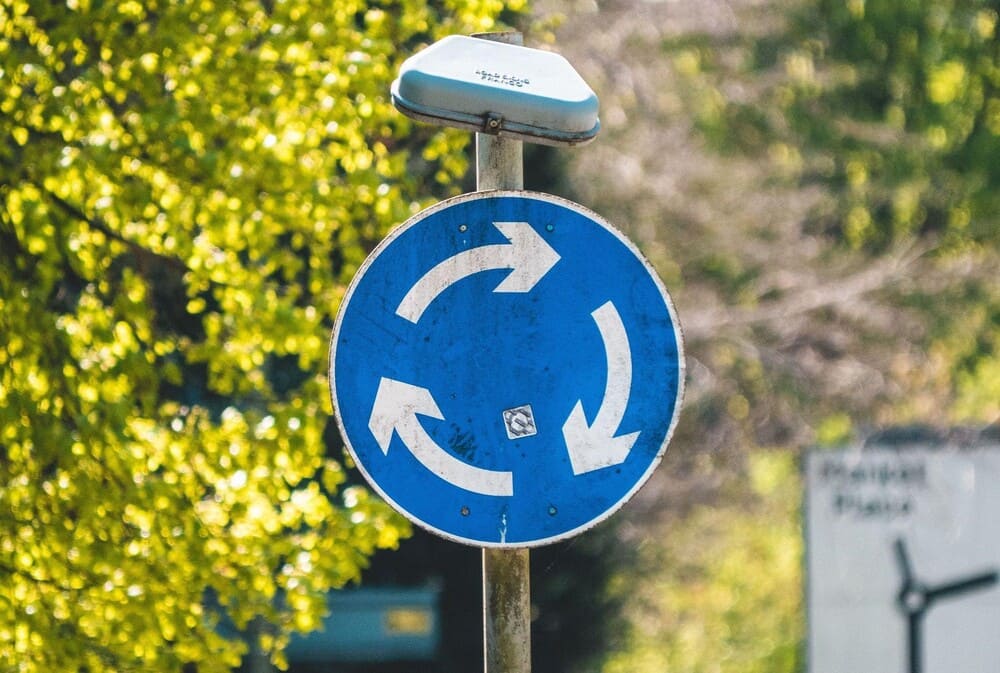Reducing your carbon footprint : How do avoided emissions reduce digital pollution
Team WeeeDoIT
- October 19, 2021
Zero net greenhouse gas emissions by 2050 is France’s current ambition to fight climate change. To achieve this, many companies are committed to reducing their carbon footprint.
In an era where digital technology plays an increasingly significant role in our daily lives, how can we limit its footprint? What are the differences between the methods used to reduce carbon footprint and those aimed at avoiding certain emissions?
WeeeDoIT helps you understand the various concepts and explains its methodology for calculating the avoided footprint of its services.
What is the carbon footprint of digital technology?
In 2019, the think tank The Shift Project provided some figures on the real impact of digital technology on the environment.
The carbon footprint of digital technology includes:
- 4% of global greenhouse gas emissions;
- the third-largest consumer of electricity (behind China and the United States) if the Internet were a country;
- 30% of the energy used by the sector for daily use; 20% used for social networks and 15% to operate data centers.
The numbers are even more impressive considering that in France, about 60 million people use 631 million digital devices. This means that each person owns an average of 11 devices!
Digital footprint and the resulting pollution are significant and affect many aspects of the life cycle of devices. Whether it’s their manufacturing, use, or end-of-life, their environmental footprint quickly becomes substantial.
The virtual, even though it may seem unreal, is indeed tangible.
There are 7 main sources of pollution:
- data storage centers;
- emails;
- devices;
- social networks;
- streaming;
- printing digital documents;
- search engines.
There are numerous tips to reduce your digital footprint, covering topics such as sorting your email inbox, putting devices on standby, or buying second-hand equipment.
But how can we go further by imagining different scenarios through avoided emissions?
Avoided emissions, what exactly are they?
Avoided emissions, the definition by ADEME
Avoided emissions are quite complicated to define.
As explained by ADEME, this term is used with various meanings:
- emissions avoided by products and services known as “low-carbon” or emissions included in the composition of such products or services;
- emissions avoided by carrying out projects undertaken by the organization or company to reduce emissions in its value chain;
- emissions avoided through the financing of third-party organizations or projects carried out by these organizations that enable the reduction of emissions from these organizations or their clients.
As ADEME emphasizes, this diversity and the lack of precision that occurs when trying to define avoided emissions stem from the lack of a clear and precise framework. There is no standard methodology for calculating the impact of avoided emissions based on scenarios.
To give a simple definition, avoided emissions are those that are not produced because we choose an alternative to the traditional scheme. For example, buying a used phone instead of a new one.
To transition to a low-carbon economy, a company can do so through three different modes of action:
- Direct action on emissions related to its activity:
- reducing energy consumption;
eco-design of products; - circular economy logic to reduce waste;
- optimization of forest management or modification of agricultural practices to increase carbon sequestration.
- reducing energy consumption;
- Production of low-carbon solutions/services so that users can reduce their own impact:
- production of refurbished electronic devices;
- offering bike-sharing services.
- Financing low-carbon or carbon sequestration projects by a third party.
In summary, avoided emissions are outside the scope of the company’s activities. They are different from emissions that are said to be “reduced, eliminated, and sequestered” because the latter are at the level of the company’s direct or indirect emissions.
The calculation of avoided emissions can only be based on a reference scenario that highlights the most likely scenario if the low-carbon solution were not implemented.
This is different from sequestered or reduced emissions, as they are accounted for through the famous GHG (Greenhouse Gas) or Carbon Footprint.
Avoided emissions and GHG emissions, are they the same thing?
The regulatory GHG assessment, unlike the Carbon Footprint, aims to diagnose the greenhouse gas emissions produced by companies, organizations, and more broadly public and private actors. This assessment aims to analyze the different sources of emissions to reduce them effectively.
Avoided emissions must therefore be separated from the GHG emissions considered in the GHG assessment. However, it is possible to show the latter separately from the rest of the assessment, only in a few specific cases:
- avoided emissions corresponding to GHG emissions avoided through the non-production of virgin material thanks to the valorization of materials and energy from waste;
- avoided emissions corresponding to non-conventional electricity production through cogeneration;
- Renewable electricity production.
Avoided emissions cannot be counted in the company’s carbon footprint.
The challenge of calculating avoided emissions
There is no single standard methodology for calculating avoided emissions. This lack of common method results in differences in how avoided emissions are calculated and in the delimitation of the reference scenario.
Some consider the calculations unreliable because the levels of quality and transparency are uneven. Therefore, the challenge for organizations is to document their methodology to ensure a level of transparency and reliability of the communicated calculations.
The calculation methodology developed by WeeeDoIT
At WeeeDoIT, we chose to develop our own calculation methodology because existing tools did not exactly meet our expectations. To do this, we worked with researchers from EcoInfo.
The difference between reducing footprint and avoided emissions
As emphasized by ADEME: “The emissions avoided by an organization concern the reductions in emissions made by its activities, products, and/or services when these reductions occur outside its scope of activity.“
When a company or organization commits to reducing its carbon footprint, avoided emissions are important to demonstrate its ecological choices and the consequences of these choices.
It is a way to control its value chain by opting for “low-carbon” procurement, purchases, or investments.
An example of avoided footprint: if you are not a server manufacturer, you cannot reduce the footprint of the manufacturing of the equipment you buy because it is outside your scope of activity. However, you can choose to buy second-hand equipment to engage in responsible purchasing and digital responsibility.
An example of footprint reduction: you can reduce your footprint by analyzing the use of our applications by your employees to reduce the energy consumption of your equipment.
Reduction, sequestration, and avoided emissions are three complementary modes that must be combined to act as effectively as possible.
At WeeeDoIT, only tested and functional electronic equipment is put back on the market with a warranty, all within a very short period.
WeeeDoIT’s reference scenario
At WeeeDoIT, we chose to develop our own tool to best frame the elements taken into account. We follow an intuitive approach to comparison with the existing scenario – namely a traditional non-“low-carbon” scenario.
This calculator concerns the following tools included in our service:
- servers;
- storage racks;
- network equipment;
- workstations;
- major components inside: hard drives, motherboard, etc.
1. Define the scope of calculation for the reference scenario
Our tool is based on the buyback and sale service of non-refurbished second-hand computer equipment.
The avoided footprint concerns only the equipment that is reused and revalued. Equipment sent for recycling is considered as waste electrical and electronic equipment with a waste tracking form. They are not counted in the avoided footprint. WeeeDoIT is a partner of Ecologic France.
The defined scope is restricted and concerns only the first two phases of LCA (Life Cycle Analysis):
- extraction of raw materials;
- product manufacturing.
Why? Because the transportation and end-of-life stages are minimal in the LCAs of professional IT equipment. Usage is also not taken into account because our service has no action on it, it is beyond our scope.
2. The scenario
As explained above, the calculation is based on a difference between the “low-carbon” scenario and the reference scenario.
At WeeeDoIT, here are the 2 scenarios compared to calculate the avoided footprint:
- the reference situation: purchasing new computer equipment from an OEM or distributor for use in France.
- the alternative situation: purchasing second-hand computer equipment from WeeeDoIT for use in France.
It is important to note that we consider a similar lifespan and usage for both scenarios.
3. Calculation elements
The calculator is based on LCAs and data provided by the manufacturers of the equipment repurchased and resold by us.
It should be noted that the avoided footprint remains an approximation because it is based on market averages. Each equipment is not analyzed in its own unique configuration, and LCAs are rare for this type of equipment.
WeeeDoIT relies on the LCAs of the following manufacturers:
- HP;
- Dell/EMC;
- Cisco;
- Lenovo.
The goal is not to do your carbon footprint but to highlight the “gains” made through certain sustainable choices.
The primary goal is to raise awareness of the impact of new purchases. Each category of equipment is separated, and the calculations are based on the difference in LCA between new and second-hand. The calculation of the avoided impact comes from the extension of the lifespan through the return of the device to the market and the non-production of new equipment.
The result is translated into CO2eq. To make it easily understandable, we choose to translate it into the number of trees needed for the annual absorption of the result and the number of Paris-New York flights emitting the same footprint.
The WeeeDoIT team is committed to updating the study data following the publication of new public manufacturer LCAs or studies on the subject that could refine the results.
Do you want to engage in a more responsible approach? Do you want to learn more about our methodology for calculating the avoided footprint? Send us a message; we will be happy to respond.
We are open to any remarks, comments that could enrich our work.
Team WeeeDoIT & Emma





